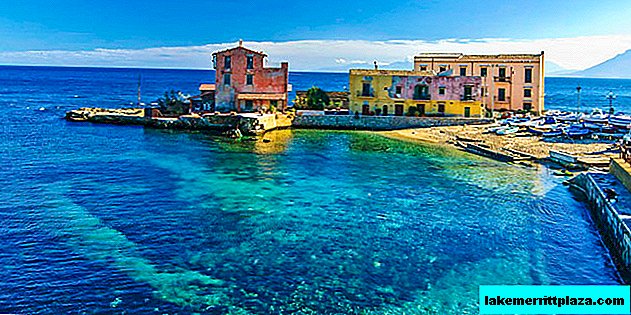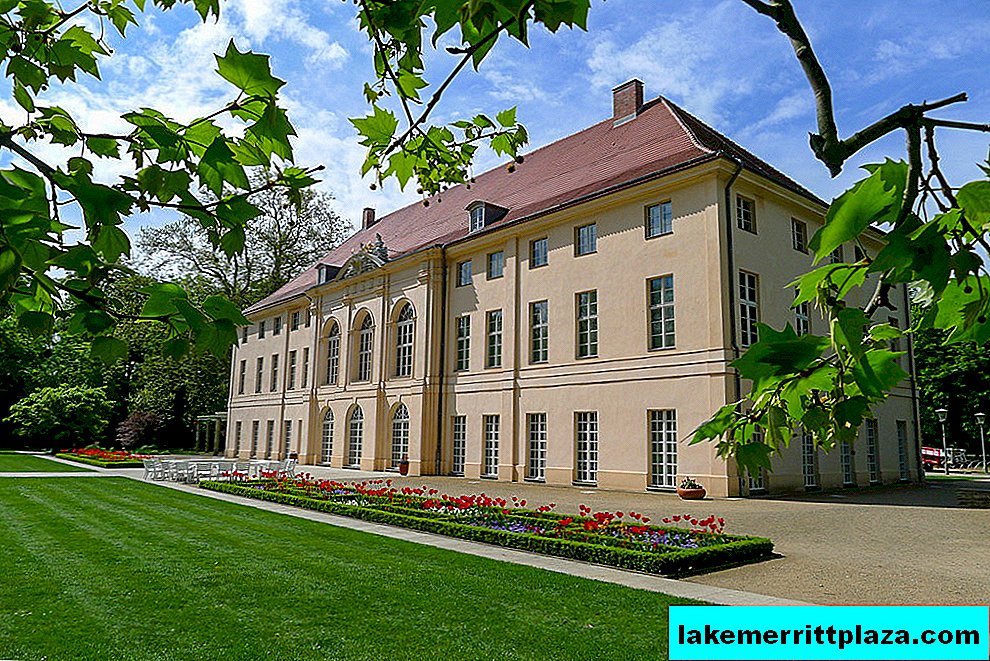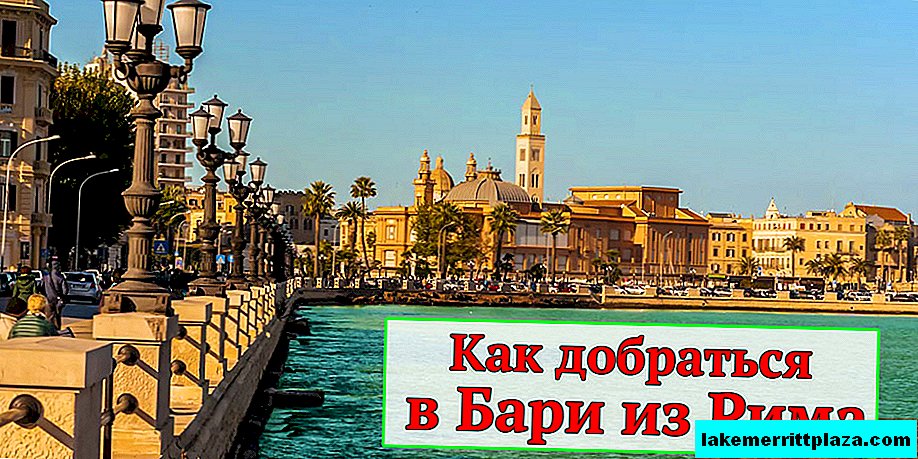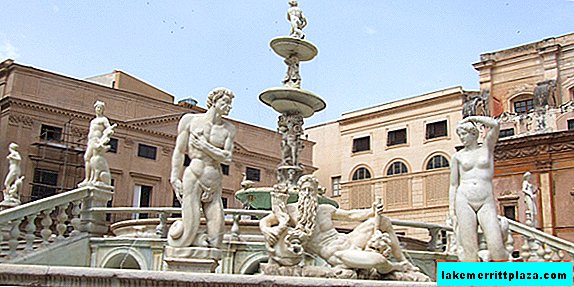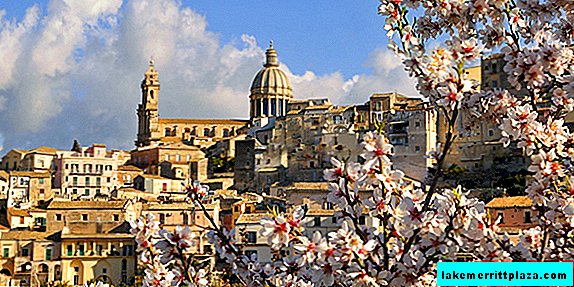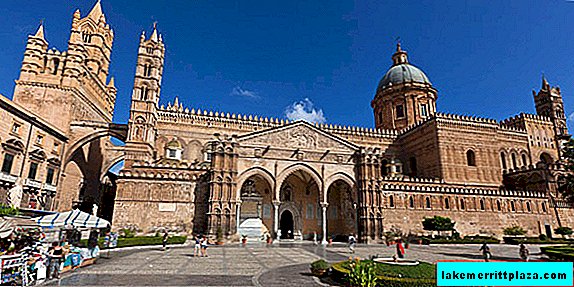One can only imagine what a villa was like during the time of Emperor Hadrian. Large territory, many buildings, greenery, ponds, flowers. It was a small town with everything necessary for the emperor. Today only a fifth of that scale and magnificence has been preserved.

Villa of the Emperor Hadrian (Villa Adriana), photo by Sergio & Gabriella
Twenty-five kilometers from Rome is the small town of Tivoli. In the vicinity of the town, the architectural complex of the 2nd century AD was preserved. - antique villa of the emperor Hadrian (Villa Adriana).
History of the villa
This villa was conceived by Adrian as a place of solitude, peace of mind from the bustle of crowded Rome. The emperor was an active person - a politician, an orator, a skilled hunter, a self-taught architect. He designed the villa himself, and it was built in 118-134.
Being an enthusiastic traveler, Adrian decided to recreate many wonders that he had seen on trips around the world on an area of 1 sq. Km. The complex includes about thirty different buildings, copying in miniature the corners of Greece, Egypt, mysterious Asia. The names of these buildings repeated the names of places that were remembered by the emperor; in their appearance, many architectural styles and trends were mixed.
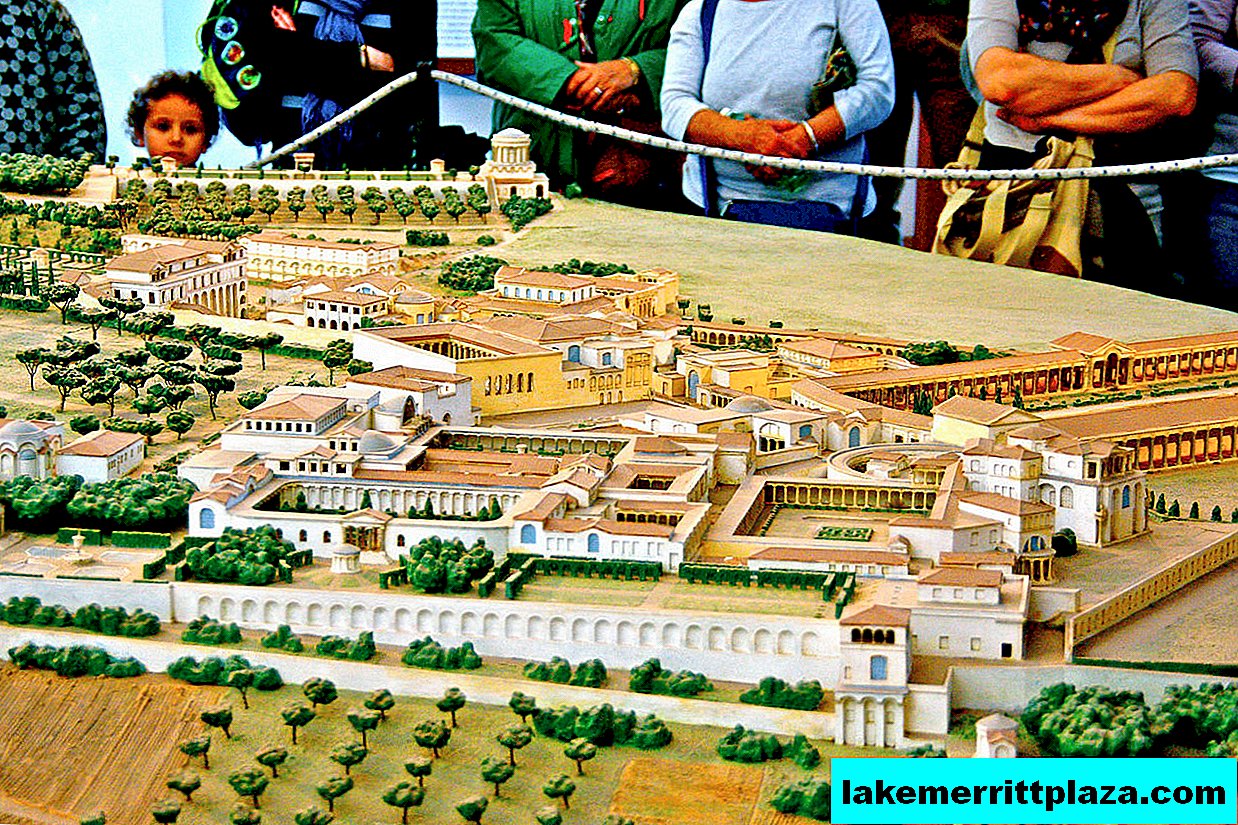
Layout of the villa, photo enrico
Statues of the work of Greek masters were brought to the villa. Some of the antique plastic works are now installed in the villa, the most valuable are exhibited in the Canopa Museum. A significant part of the sculptures Constantine I took to Constantinople, many of them were plundered by barbarians in the VI century.
The complex was built from local limestone. The buildings were located at different levels on the limestone terrace, which gradually passed into the valley. The emperor wanted peace, but the maintenance of the villa required the participation of many servants. In order not to disturb the ruler’s peace with vanity, underground corridors were laid for servants.
What you can see in the villa today

Pecile - a huge area of 232 × 97 m with a lake in the center, photo JeanDE INES
The Pecile promenade has survived, with a pool in the center, which was once surrounded by a wall with elegant porticoes.
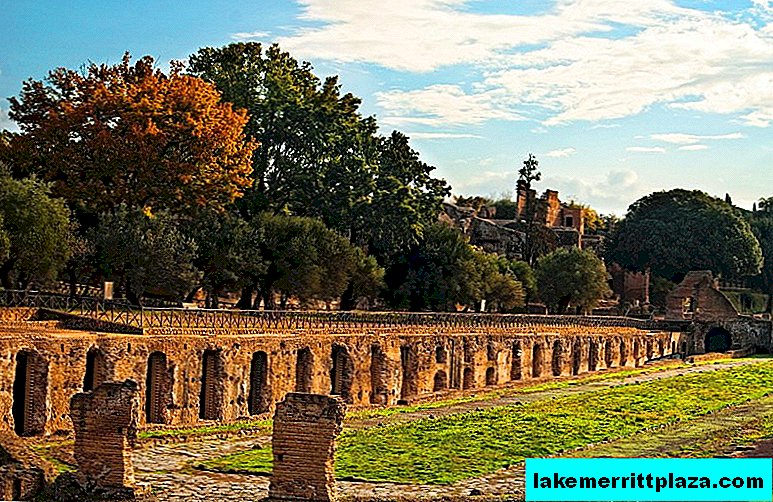
Cento Camerell ("one hundred rooms") - small rooms for slaves, photo Francesco
Cento Camerelle is adjacent to the Pechila. This is a "hundred rooms" for the slaves who served the imperial family and guests.

Large baths - baths for men, photo valerio pacchiarotti
In the lower part of Cento Camerell, there was an underground road that led to the Grandi (Terme) and the Small Terme (Piccole Terme). The baths shared a small courtyard, as they were intended separately for men and women.
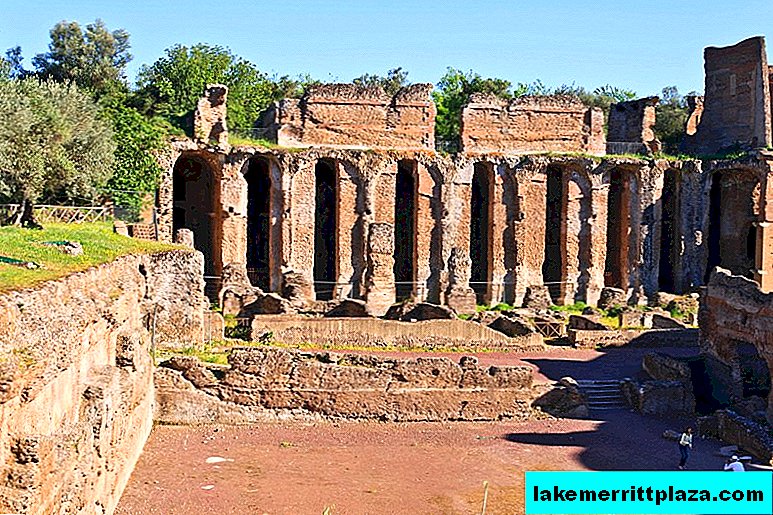
Pretoria - a complex of several floors, photo Jean-DE INES
Behind the Great Baths is Pretoria, the best-preserved part of the villa. This is a multi-storey building for the imperial guard.
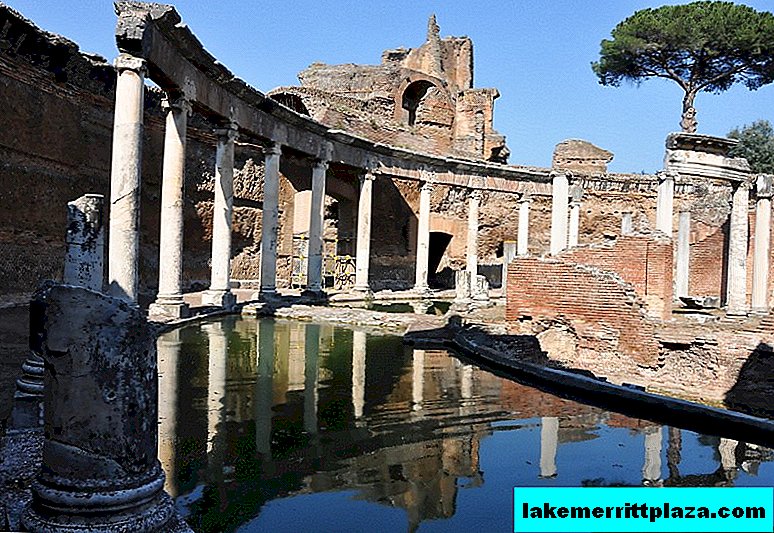
Maritime Theater, photo Pia M. - Vittoria S.
The Maritime Theater or Island Villa is an elegant island surrounded by a colonnade and a ring-shaped channel (the emperor loved to retire on this island).
The atrium Golden Square, crowned with a sailing dome, survived the centuries. There were fragments of the library, halls for celebrations and receptions, temples.
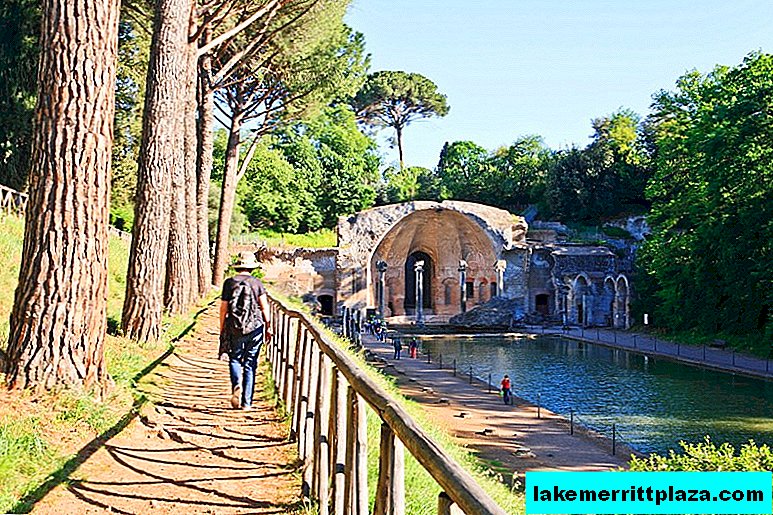
Canopa - pond size 119 × 18 m, photo Jean DE INES
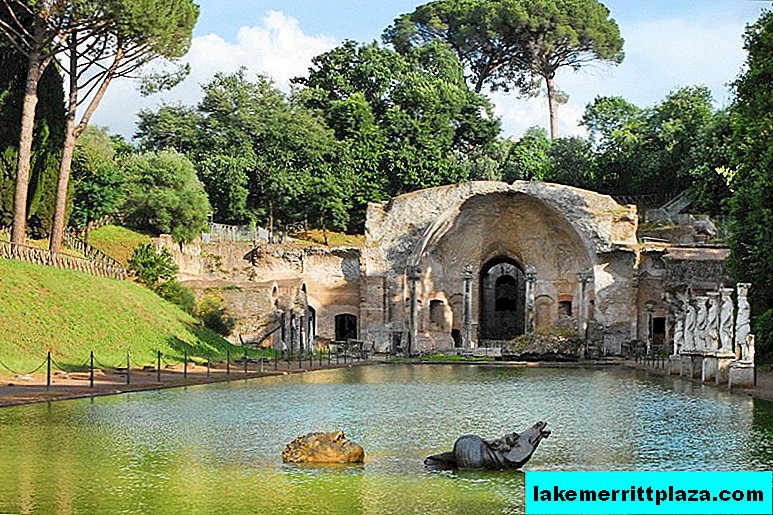
Adrian Antinoy favorite drowned here, photo Jean-Pierre Dalbera
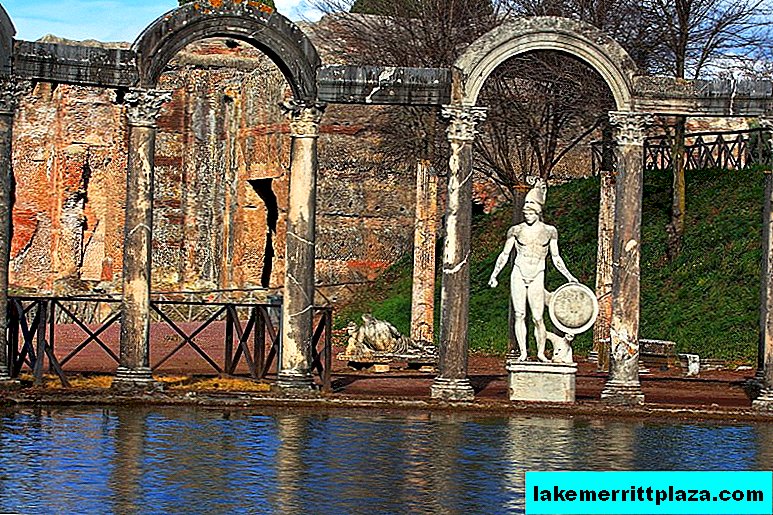
Canopo (Canopo), photo Rivale67
Until now, the villa has ancient artificial ponds and canals, including the legendary Canopo reservoir. The construction resembles the Egyptian settlement of Kanob near modern Abukir, in which Antinoy, the favorite of the emperor, drowned (several statues depicting Antinous were found in the villa). Along the pond, casts of 4 caryatids and 2 silens were placed.
Tourists can see the remains of the Greek Theater, a wide canal leading along the entire territory to the temple of Serapis, an old olive garden and a cypress avenue planted in the 8th century.
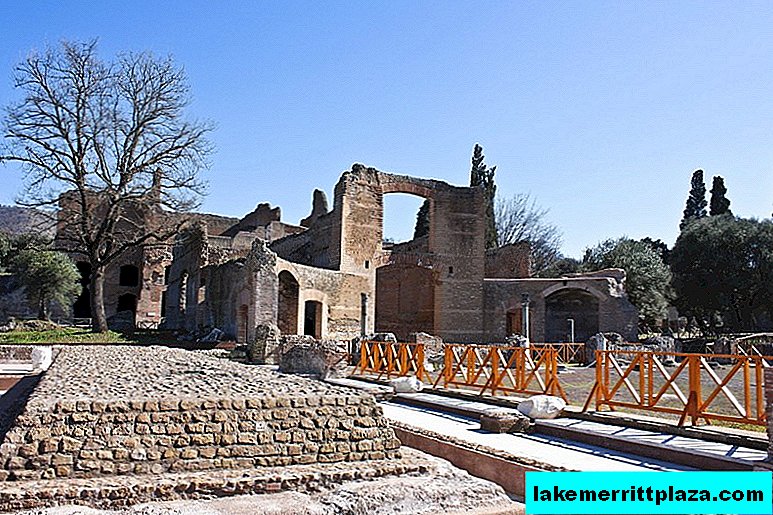
The building with three exedors, the purpose of which remains unknown, photo valerio-pacchiarotti
The grand territory of the ancient ensemble, striking architectural forms and magnificent sculptural decoration made Villa Adriana a unique monument of Roman culture. Of the three hundred hectares that occupied buildings and gardens, only a fifth has been preserved. The complex is destroyed by time and people. Villa Adriana is a UNESCO property.

Sculptures, photo SDB79
Working hours
Villa Adriana is open daily from 09:00.
Closing time - 1.5 hours before dark.
Weekends - December 25, January 1, May 1.
See the exact information on the website.
Tickets
Full ticket - € 8;
preferential - € 4.
During the annual exhibition (from April to October)
full - € 11;
preferential - € 7.
Admission is free on the first Sunday of every month.
How to get there
Take a train from Termini Station to Tivoli for a little over 1 hour. Trains from Tiburtin station leave more often and take about 1 hour. Your stop is Tivoli.
Tickets can be bought at train stations, newsstands or on the Italian railways website. Do not forget to compost them in the machines located at the beginning of the platforms. They are valid for 6 hours from the moment of composting.
How do I save on hotels?
Everything is very simple - look not only at the booking. I prefer the search engine RoomGuru. He is looking for discounts at the same time on Booking and on 70 other booking sites.


